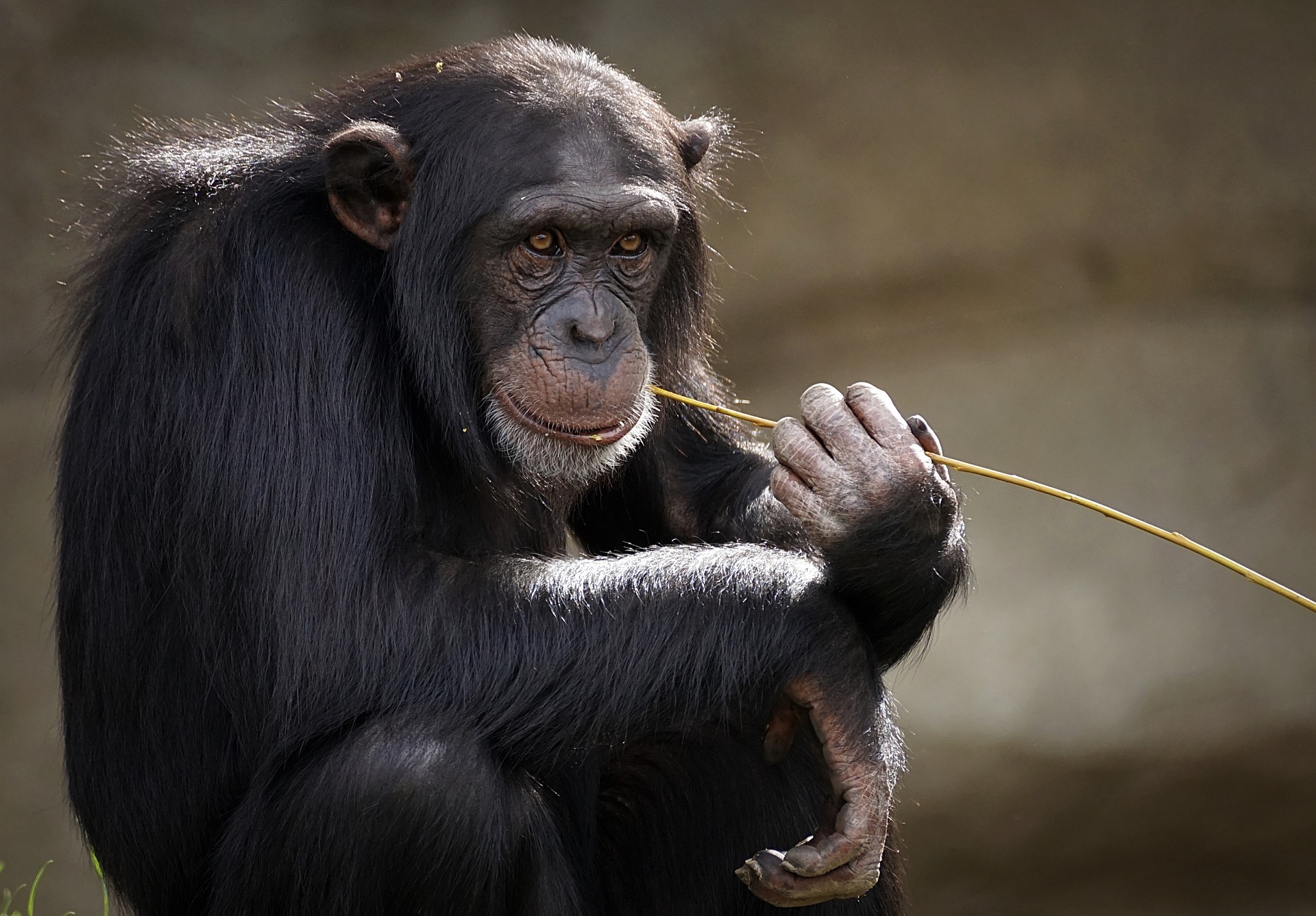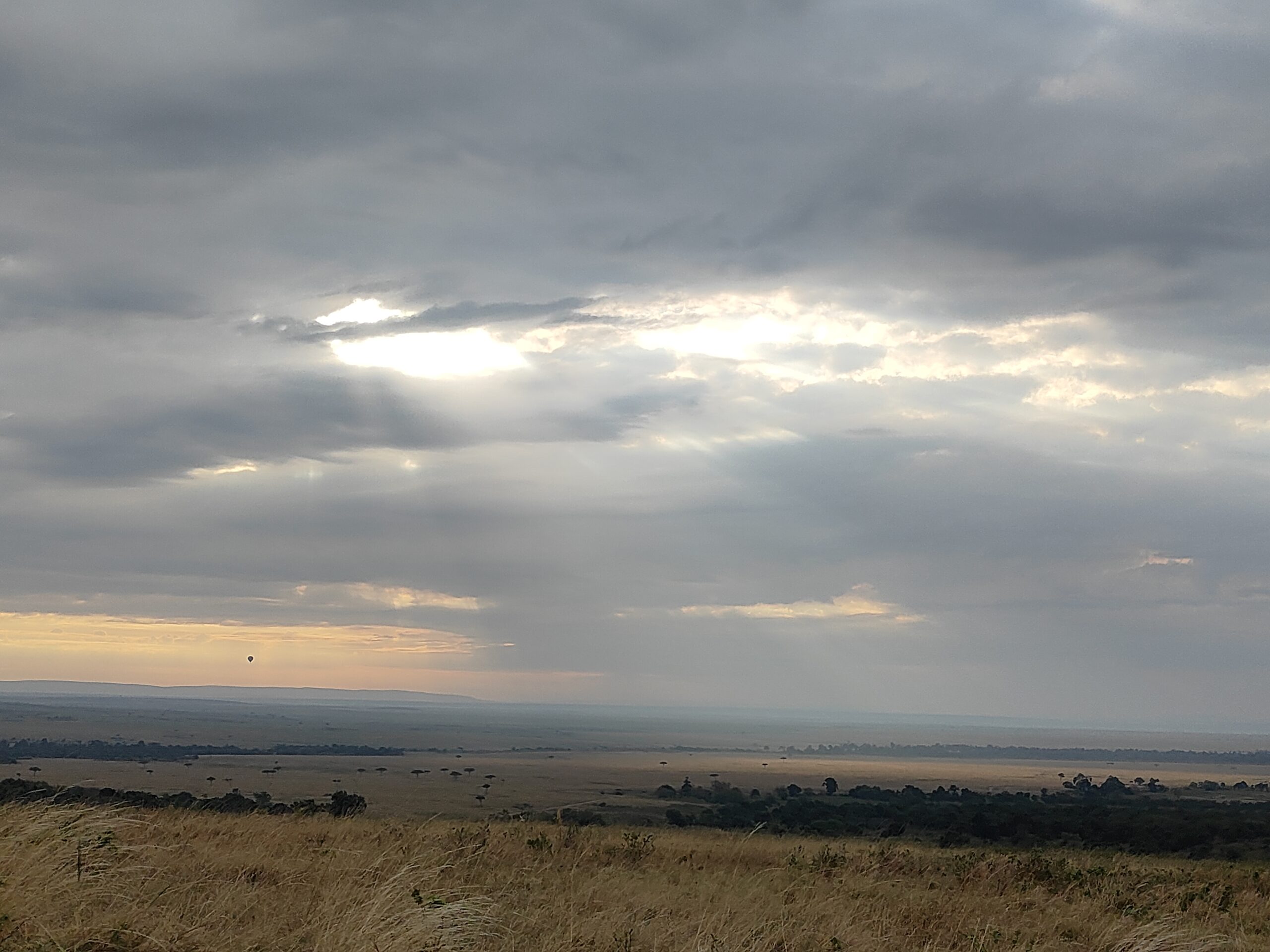…The flowers smile, the bees buzz and birds sing @Chiguru Farm
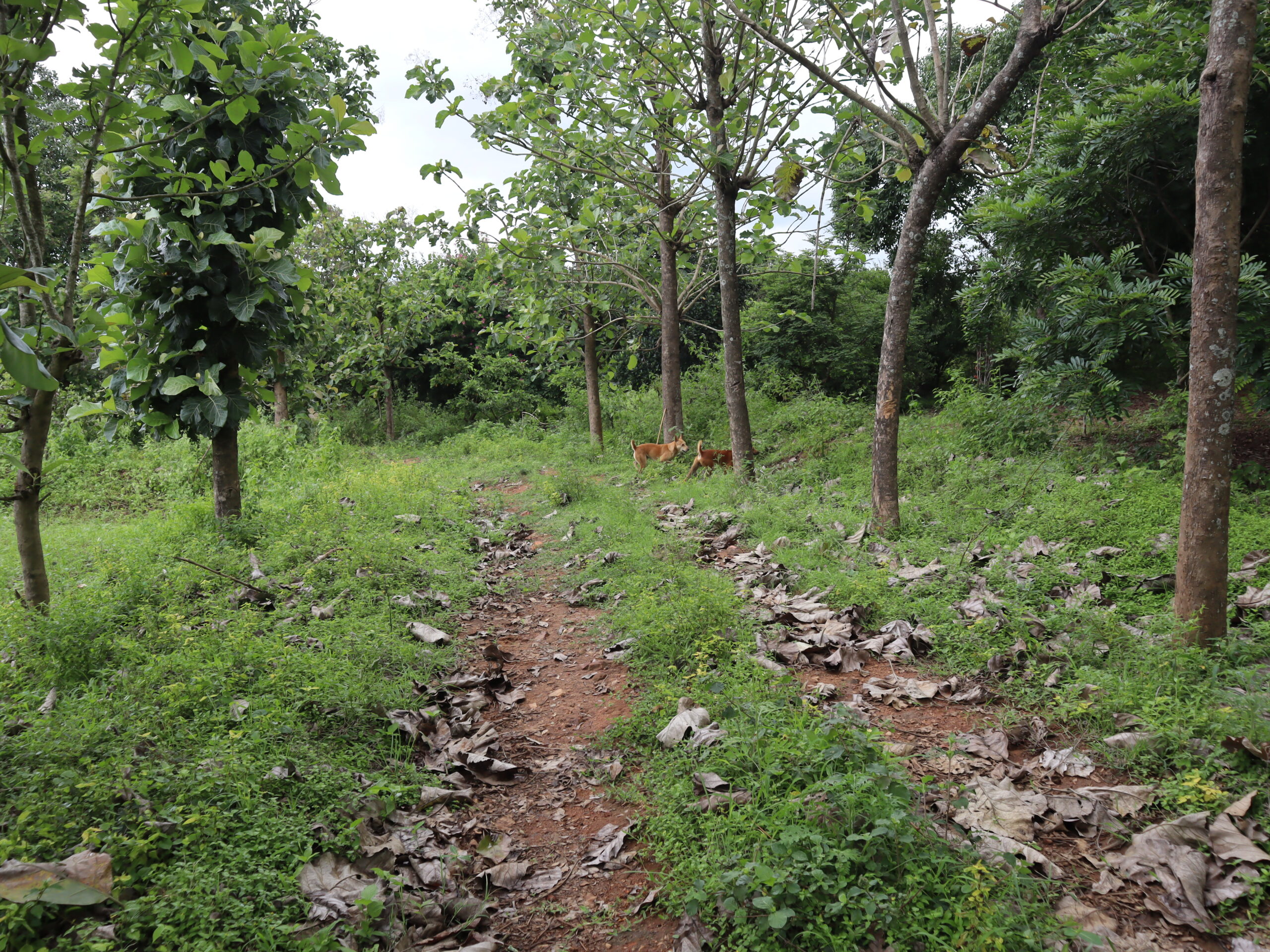
Fruit Forest
Somewhere on the outskirts of Bangalore, in Therubeedi village, there is a growing tribe of ‘natural farmers’ enjoying non-toxic food and water, besides rising with the lark and calling it a day to the owl’s hoots! They owe it to one person who had the courage to break away from the joylessness of an office job with its stress and deadlines, and plunge into the uncertain dividends of organic farming. Meet Raghavendra Bhat, founder of the Chiguru farm spanning 15 acres of land that will have you singing and dancing in nature’s lap.
A native of Honnavar who initially was drawn to the lure of IT and Bengaluru, he decided in 2012 to break away from virtual space and get grounded once again with the land. Being educated and knowing the ills of chemically poisoned food that most of us consume, his decision was largely prompted by health considerations. Since then, he has also become involved with soil health and biodiversity.
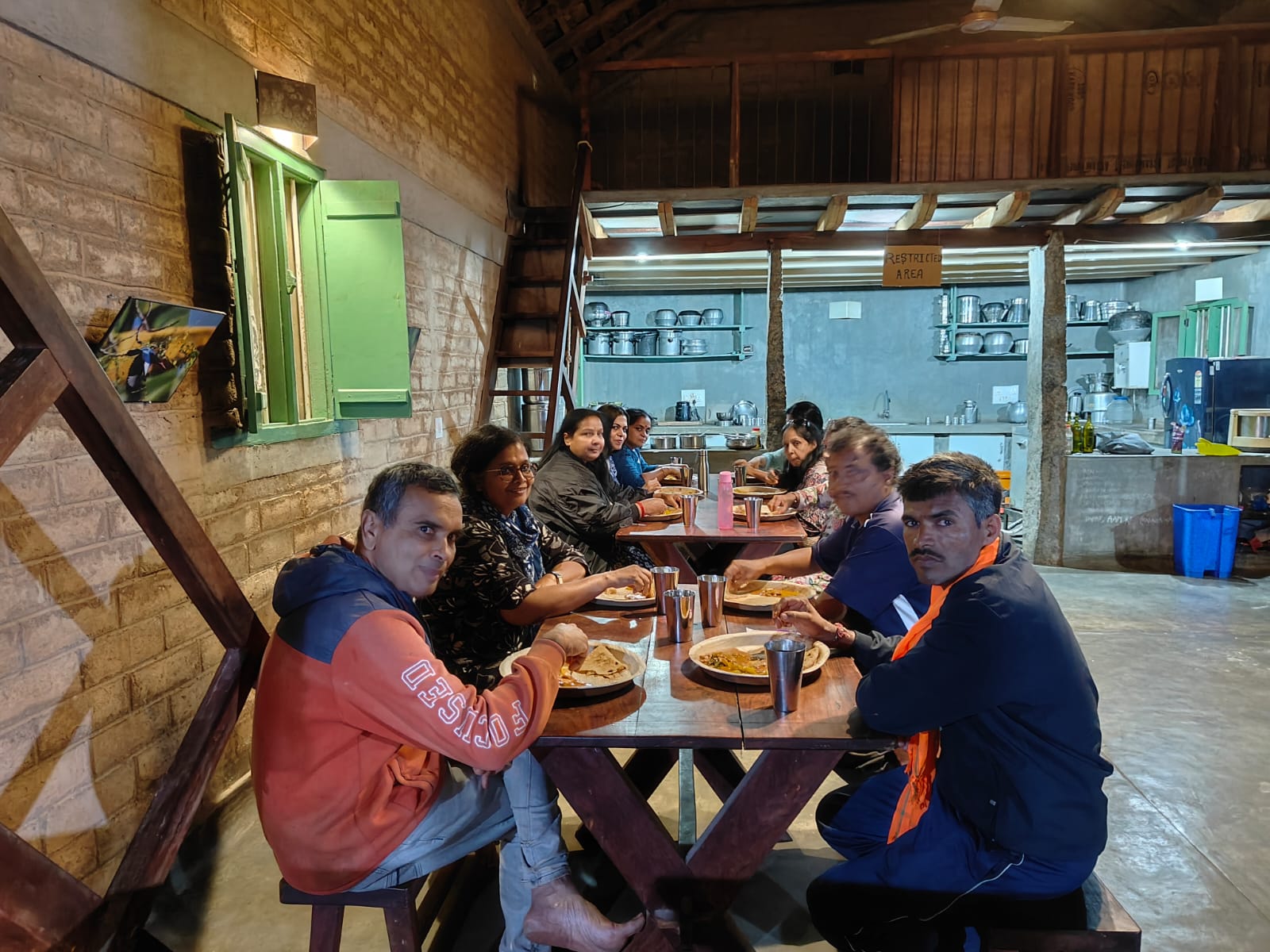
Bhat (left) having lunch with guests at the farm
From organic farming to natural farming was natural! Here, there are no interventions besides some minor ones that result from vagaries of climate. Nature is given the full control of the operations. Sometimes manure is applied and this is from locally available organic sources. Sometimes de-weeding is done, but not always. Tilling is never done. Organic waste and crop residues are simply ploughed back into the soil.
It is the ideal countryside you dreamt of – with fields, fruit forests, cows (desi), dogs, cats and birds. Inside this green and brown patch of the ‘Krishi Ashrama’, Bhat has built a house built from compressed mud blocks, using coconut wood, recycled tiles, doors and windows. The solar panels supply the power and keep the place off grid and self-sufficient. Besides the permanent structure styled around an open courtyard, Chiguru also has a container unit and a Tenpy unit that can each house around 2-3 people. When there are school camps, there is an option to put up tents too. Many visitors also come in for the star gazing, another added attraction at the farm.
Everything except the wheat and sugarcane products used is grown here. Most of the crops like ragi and paddy and lentils are rain fed though there is a provision of drip irrigation for the banana and coconut crops.
Bhat has opened his farm to public but ensured that it does not become yet another place of fun and revelry. The focus at Chiguru is education and grounding, for anyone who is interested to spend time in nature and sample simple living. A visitor will be taken through the farm and learn about the various species of trees and crops, and also see the care given for the cows that are bred here. The importance of bees for a farmer will be clear after Bhat gives a demo of the bee-keeping at the farm. One can then relate to his joy at the blooming of the Kadamba flower that attracts the bees.
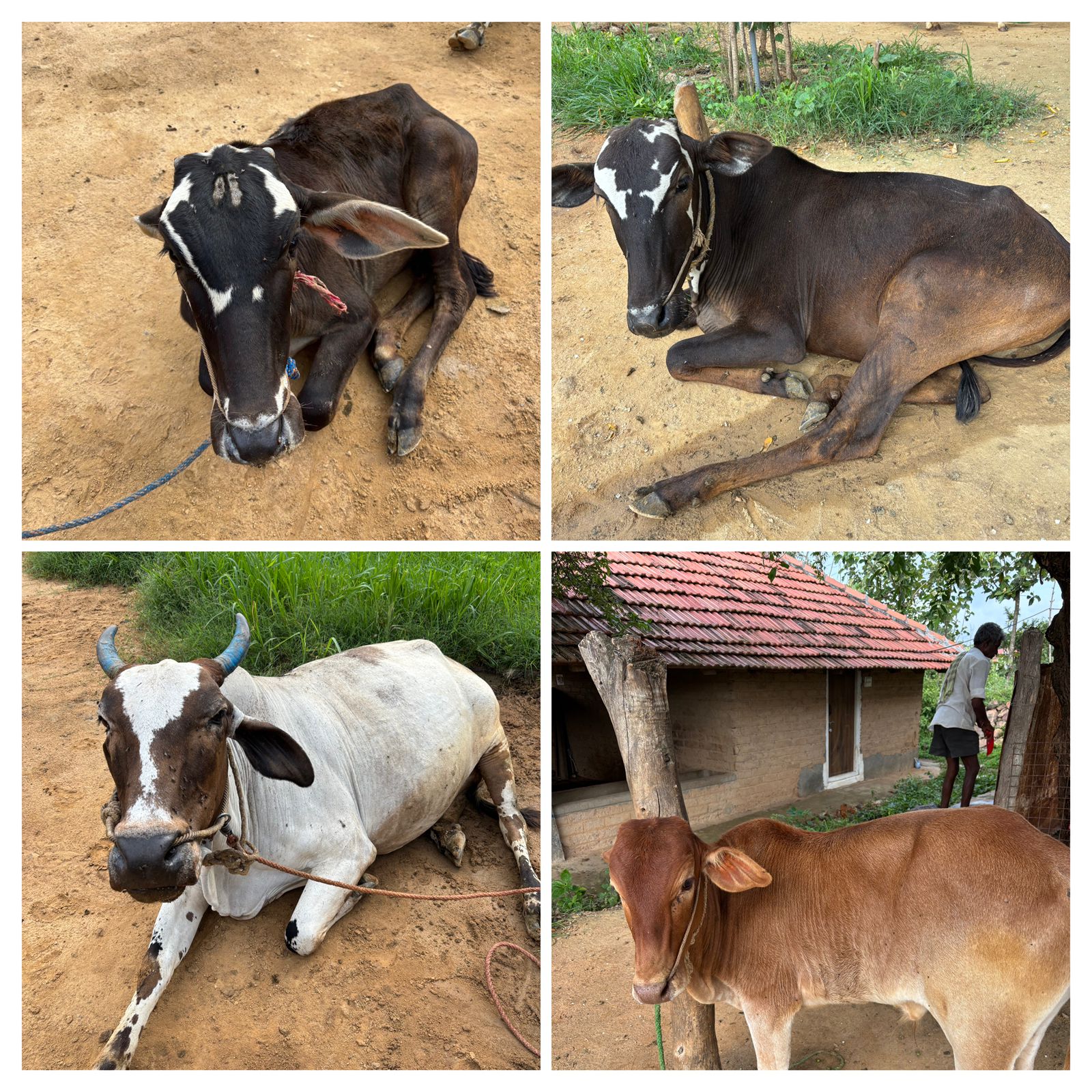
The desi cows at Chiguru
It was not easy in the beginning when he bought the land. Like most other agricultural land, this one too had faced the wrath of chemicals and pesticide overload. The first two years were purely devoted to harvesting rainwater using percolation pits. Gradually only did he start weaning the soil off chemicals. Even this was done first on just two acres while the rest of the area continued with traditional practices. Detoxifying called for special crops like horse-gram and other navadanya, which would be grown but cut before flowering and the plant tilled back into the soil.
“It was slow but finally the soil was cleansed and we could resort to organic farming, and eventually natural farming,” says Bhat. By 2015 the farm was fully organic. Today crop rotation is practised with ragi, paddy, mustard, castor, toovar, urad, horsegram and jowar grown at the farm. Vegetables are also grown but these are mostly what come up naturally like greens, jackfruit and amtekai (hog plum).
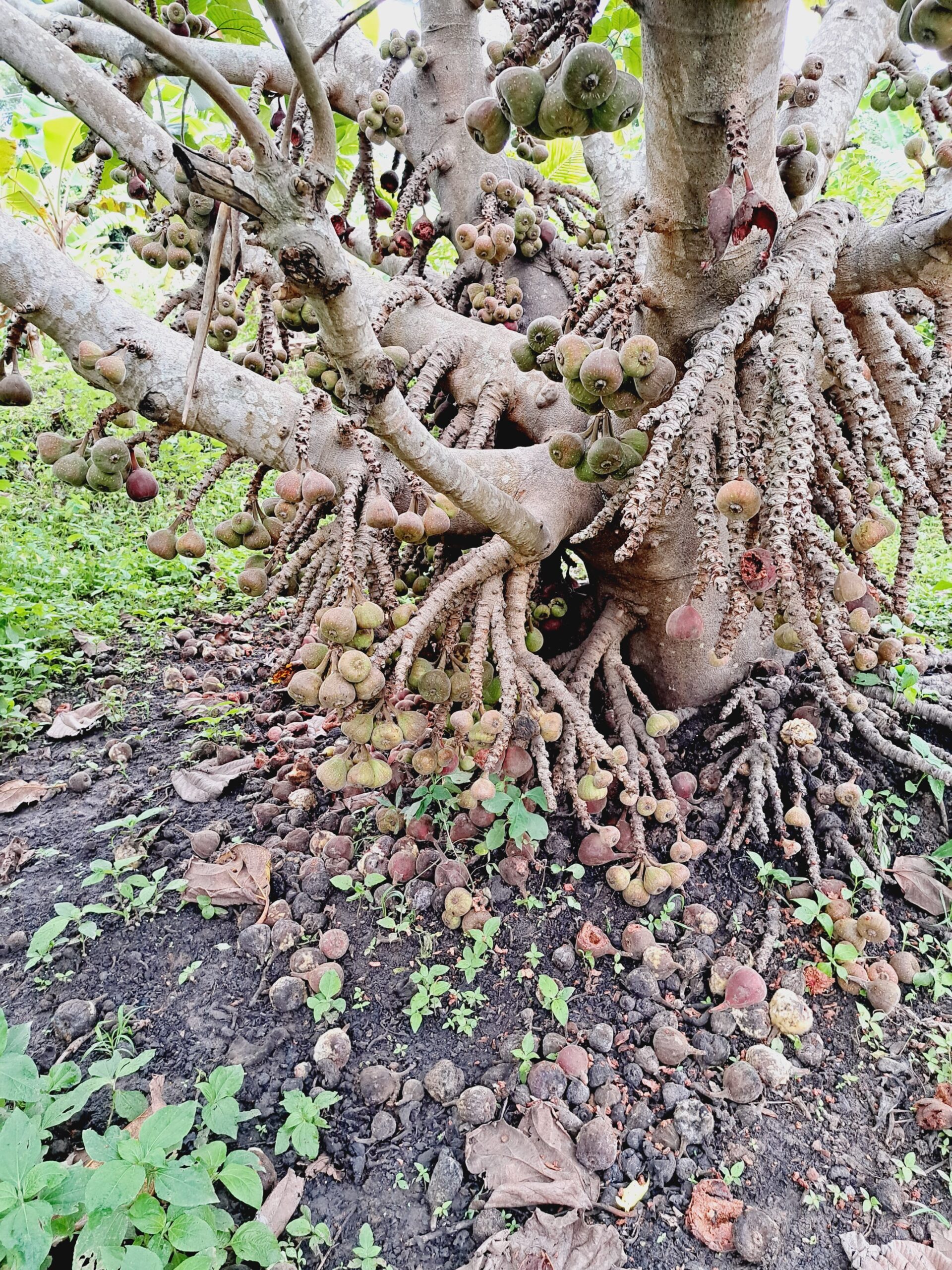
But what is amazing is the fruit forest with 45 different species. Mangoes, banana, lemon, gooseberry, wood apple, figs to egg fruit, puke fruit and many berries thrive on the farm, in proof of his claim that “not just tropical plants, we have many other fruits here as the weather is conducive for a wide variety.” In a small area of the porch, almost 35 medicinal plants jostle and thrive.
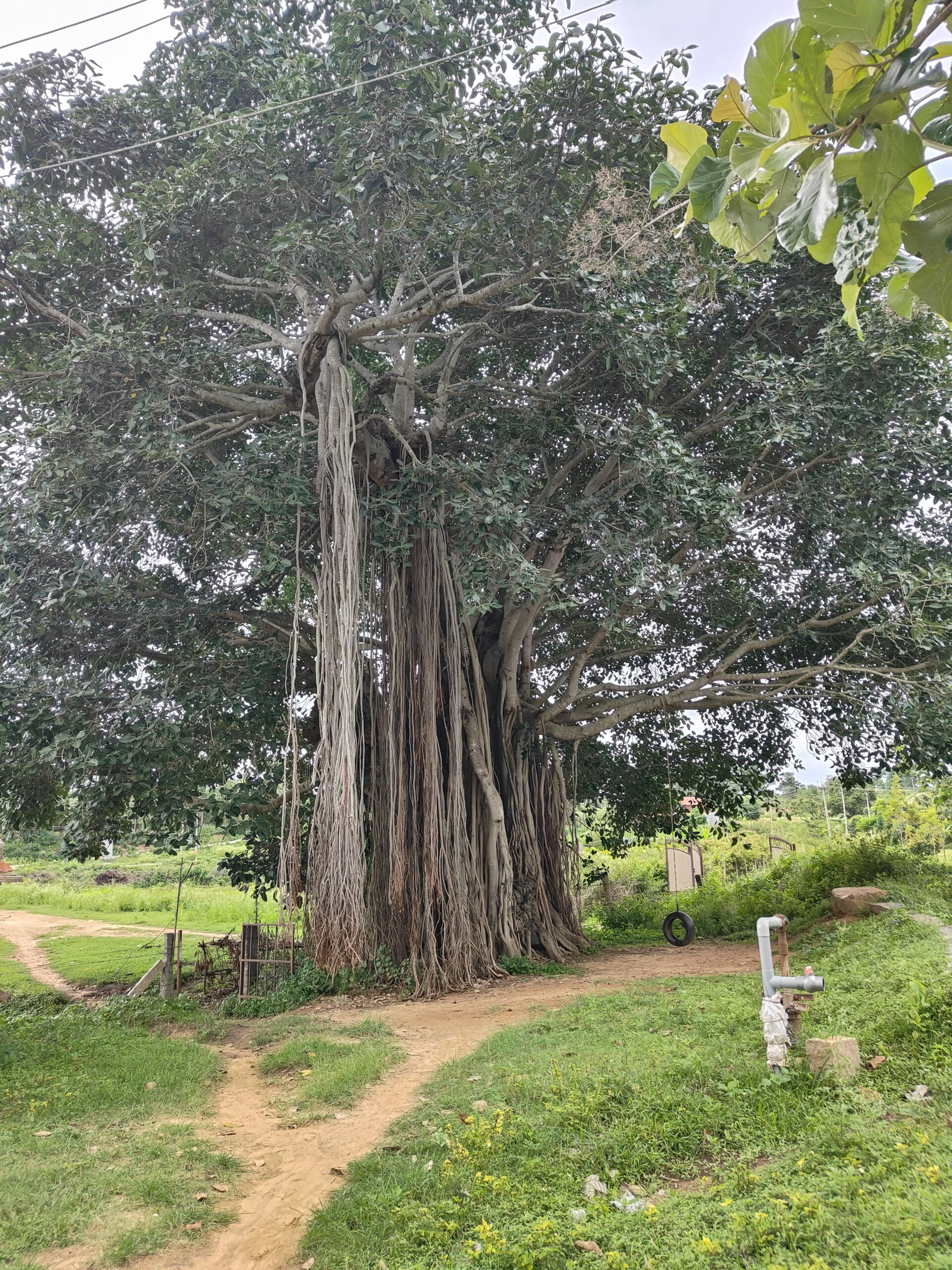
Under the banyan tree, who likes to swing on me!
It was not easy with resistance from the local labour who believed nothing can grow without the chemical inputs, tilling and spraying. It was easy to get discouraged, he acknowledges but he was determined to do his best and this, despite taking a big hit in revenue for almost three years. “While cost vs returns is same as in traditional farming, with both on lower side in organic farming, it was tough when yield was down to 20 percent with expenses 20 pc lower. I did think of giving up. But thinking of the long-term benefits and knowing the dangers of chemical farming and food, I persisted,” says Bhat, noting how the ‘cancer train of Punjab’ owes it to the overuse of urea that has polluted land and water in the region. Similar is the case he notes in the Gangavathi belt in Karnataka with so many reported cases of cancer and other illnesses.
Today, he is a happy man. The soil quality has not depleted, and the groundwater not polluted. But the issue with organic or natural farming is that there are no uniform practices and the farmer has to study the response of the soil and act accordingly. While blaming the malaise of soil quality depletion on the Green Revolution, Bhat admits that it was a necessity at the time. The damage resulted from overuse by farmers, who double the dose prescribed by the scientists, and the chemical lobby that further pushes it up for sales.
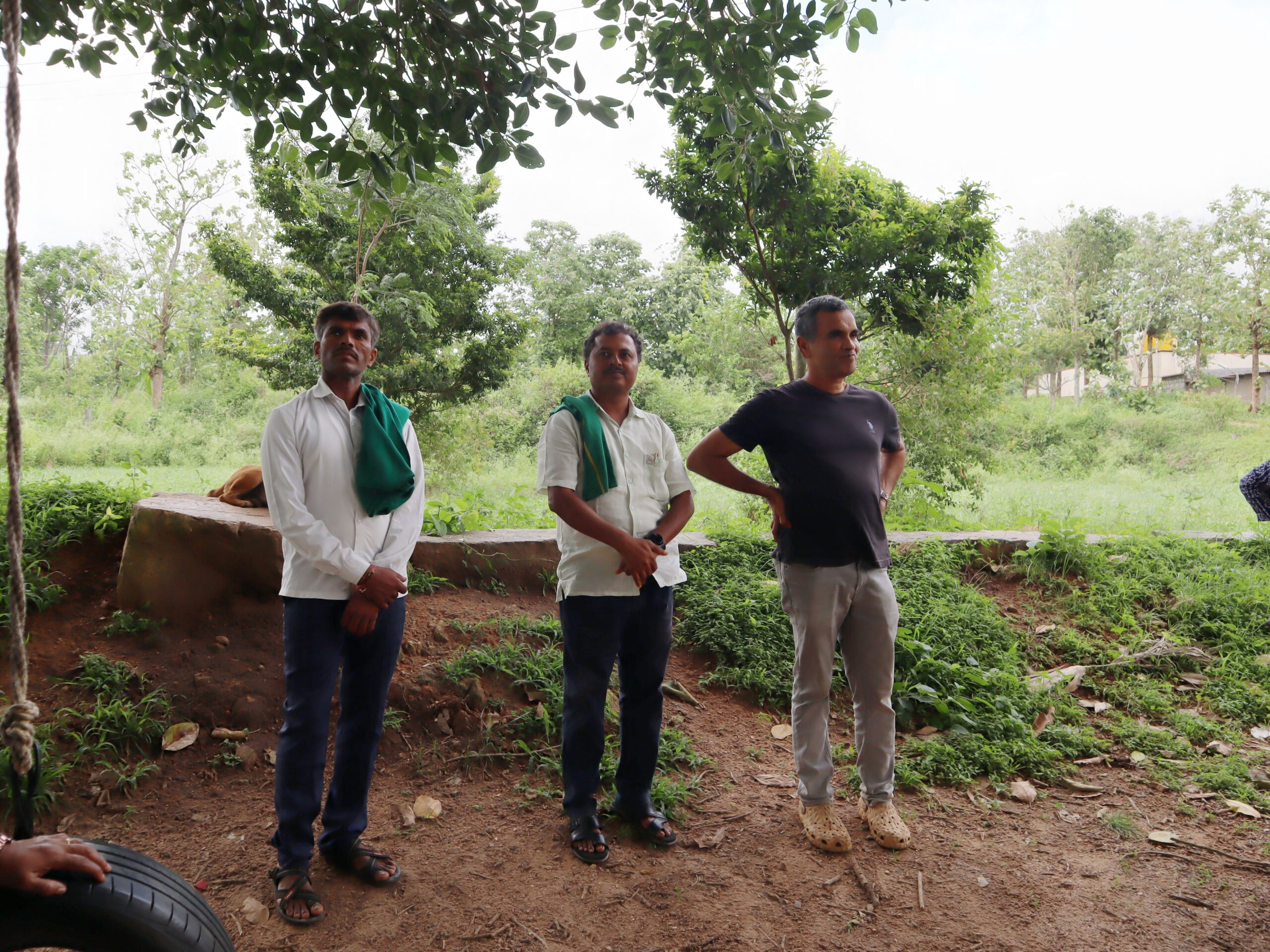
The farmers trio
Educating the farmers and the younger generation is one of his objectives with the farm. When we visited the farm, there were two farmers, Parashuram and Malappa he had brought to the farm from a seed event in Bangalore. Hailing from Dharwad, these were farmers with small land holdings but passionately driven by the philosophy of organic or natural farming. Facing opposition from their neighbouring farmers and their own families, even being titled madmen, these two farmers had managed to stick to their conviction to abide by a no-chemical farming, even if it meant less yield. “We can get enough for our needs. It is greed that has made the farmers go behind chemical farming,” says Parashuram.
Both are ardent disciples of the seer at Kaneri Siddhagiri math near Kolhapur that preaches organic farming and is devoted to the task of converting farmers. The math has demonstrated growing over 100 crops in an acre of land. Having demonstrated with 188 crops the math plans to take this experiment to 100 centres across the country, aiding the small and marginal farmer to earn in lakhs.
The duo had come to learn some basic aspects of agri-tourism and natural farming from the Chiguru example. Bhat and a group of around 40 like-minded folks have been helping newcomers with natural farming by giving talks and demo visits to their farms. (More details can be had from chigurufarm.com)

The ‘medicinal’ porch
Japanese philosopher Fukuoka’s book, One Straw Revolution, that talks of restoring the balance of natural ecosystems by removing intervention by man and machine, has spearheaded the growth of natural farming globally. Doing away with chemicals, machines and tilling, it advocates leaving the land to nature along with practices like soil aeration, seed treatment, crop rotation and multi-cropping. In India, this was largely propagated by Subhas Palekar and many others.
Spend less, earn less and work less. How does that sound? Great as that sounds, it comes after a few years of patient waiting and effort. At Chiguru, Bhat has four local staff who stay on the farm and work on the land. Very rarely or during harvest time, he needs to bring in more labour from the villages.
FAO estimates put 2 billion hectares of land, thrice the size of India, as degraded. Around 90 percent of the topsoil is at risk by 2050. Population will be around 9.1 bn and food production must increase by 70 percent.
Bhat believes change is imperative but we cannot be hasty and decide to do it overnight as it will not be able to provide food for the population we have. But it can be done and must be done slowly, if we are to retain the nurturing quality of the soils once again.
Else we will be forced to use more and more of the chemicals to produce food for us from a soil depraved of natural nutrients. More poison in our food, will mean more diseases.
Will it be business as usual?
By Jaya
(For stay purposes you can contact Bhat on the farm website or try the immersive travel app: xperio.travel/)

